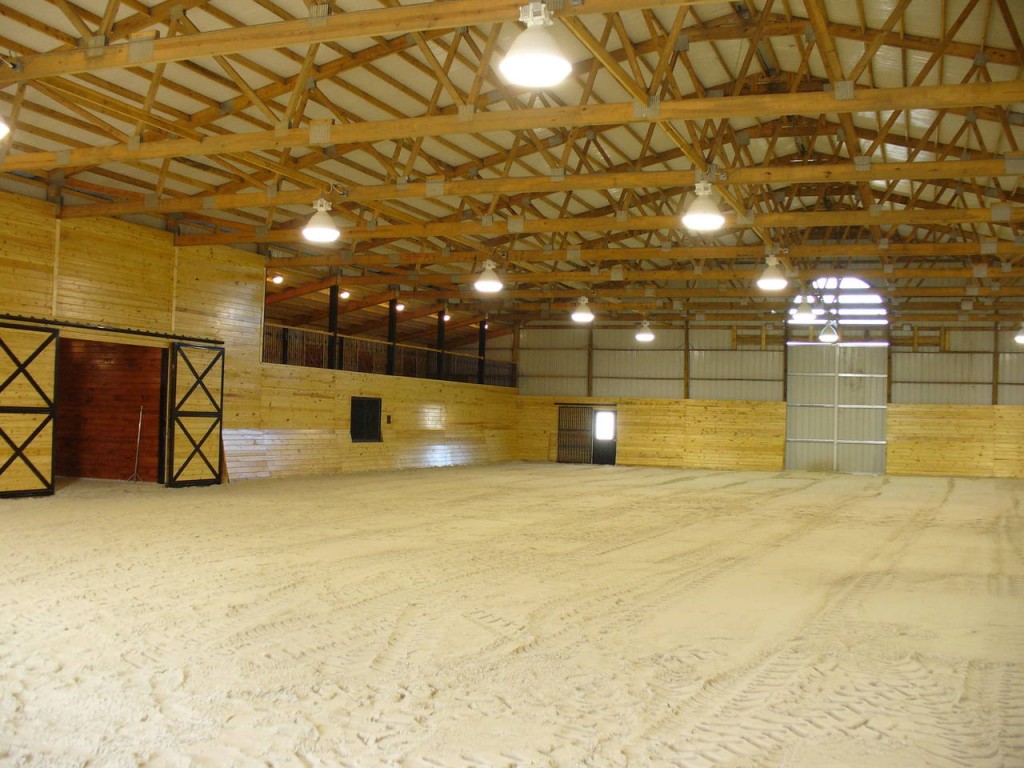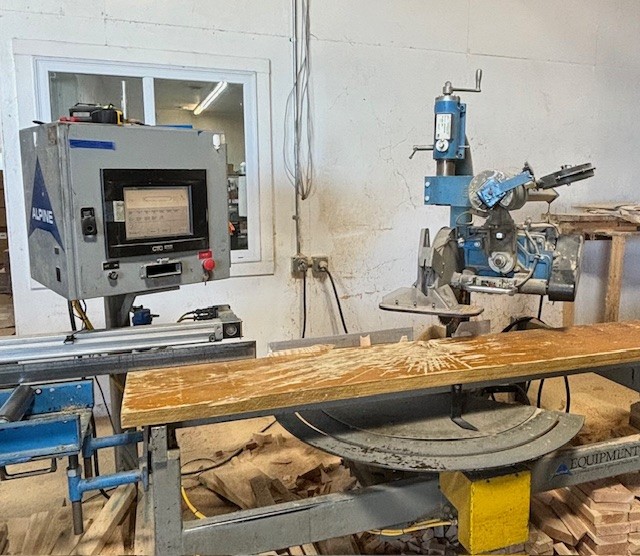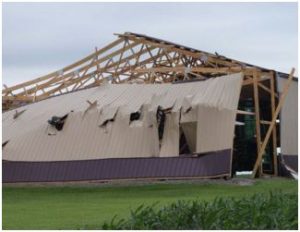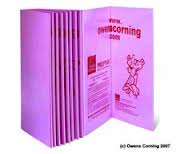Solving Horse Barn Condensation Challenges
Proper ventilation of horse barns is essential to good equine health. Reader DONN in LONGMONT writes:
“Hi, last summer I added 8 more horse stalls to our existing horse barn. There was a lean-to already attached that I extended on to and enclosed. The horse stalls are approximately 12’x12′ and a 10′ wide walkway that is poured concrete. The entire footprint is, 100′ x 24′.The ceiling height is approximately 12′ tall at the original barn and 7′ tall at the west end for fall. 2 sliding doors to bring horses in and out on the north & south ends and 8 windows on the west side that are 3′ x 4″. I insulated the walls & ceiling with 6″ batt insulation then drywall and painted. I started having condensation issues with water getting into the drywall and lights in the horse stall only so we installed 6 – 6″ turbine vents spaced evenly throughout the horse stalls and cracked the windows to allow air to come in. This seemed to help for a while but now I’m having the same issue with condensation. When I cut a hole in the ceiling above one of the horse stalls, it is dry about half way down and the other half I have moisture trapped in the insulation. Any ideas/ information on how to stop the condensation?”
Mike the Pole Barn Guru answers:
An average 1100 pound horse intakes 5 to 10 gallons of water a day – all coming back out in one form or another. For good equine health, air flow is essential, most usually handled by intakes from vented soffits and exhaust from ridge vents (for extended reading: https://www.hansenpolebuildings.com/2012/11/horse-barn-ventilation/). Most post frame stall barns have unfinished interiors, further allowing for air flow. In your case, you have sealed off air infiltration points and are seeing negative results from 40 to 80 gallons of water vapor (333 to 667 pounds) being added to your barn’s air daily. This does not take into account moisture rising from any floor areas without concrete slabs on grade (or slabs without a well-sealed vapor barrier below).

Air’s ability to hold moisture is a function of temperature. Your building has roughly 22,800 cubic feet of volume. At 40 degrees F and a 90% relative humidity (RH) you would have 33 grains of water vapor per pound of dry air (13.33 cubic feet). With 7000 grains per pound of water you get:
333# x 7000 grains = 2.331 million grains.
22,800 cft / 13.33 cft = 1710# of air x 33 grains = 56,444 grains.
Just to maintain even a 90% RH at 40 degrees F you would need to turn the air in your barn 41 to 83 times per day (depending upon actual output). To get to 60% RH (high end of comfortable living) air turns would need to double, for 30% RH triple.
Your solution is going to be to mechanically ventilate your barn. An HVAC professional can design a system for you to remove your excess moisture – otherwise you are looking at problems beyond just condensation (mold, mildew and premature degradation of lumber), such as your horses’ health.










Do you sell barn home kits? We live in Las Cruces, NM.
Absolutely we do! One of our Building Designers will be reaching out to you shortly/